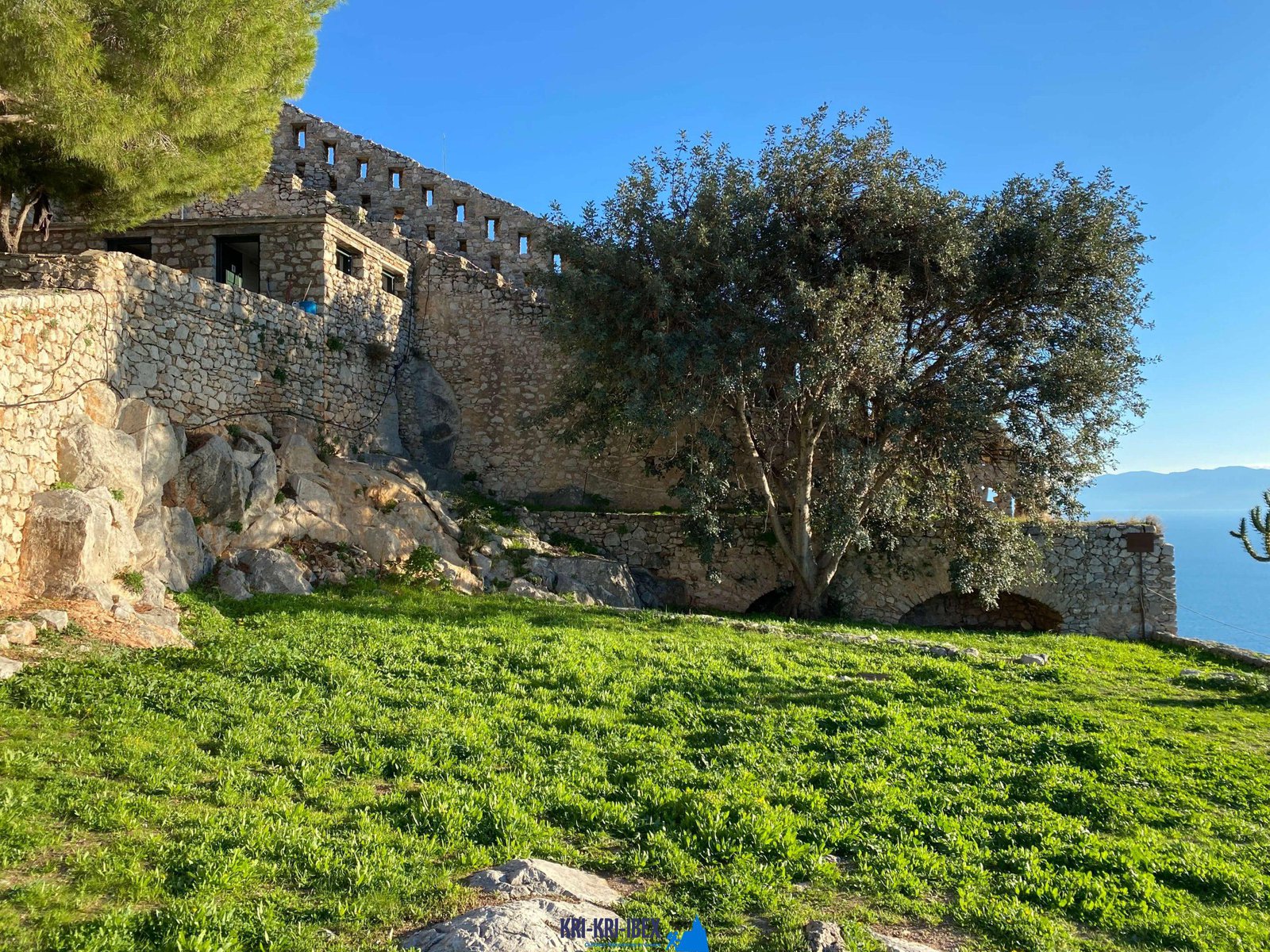Search the unique Kri Kri Ibex in Greece on Sapientza island.
Search the unique Kri Kri Ibex in Greece on Sapientza island.
Blog Article

Searching for Kri Kri ibex in Greece is an exciting hunting as well as an incredible holiday exploration all rolled into one. For the majority of seekers, ibex searching is a difficult endeavor with unpleasant conditions, but not in this situation! During 5 days of visiting old Greece, diving to shipwrecks, and spearing, you'll come across attractive Kri Kri ibex on an exotic island. What else could you want?

Hunting Kri-Kri Ibex on Sapientza Island is a gratifying yet difficult task. The ibex live in sturdy, rough surface that can quickly leave you without footwear after just 2 journeys. Capturing a shotgun without optics can additionally be a difficult task. The quest is well worth it as the ibex are some of the most attractive pets in the globe. Greece is a terrific country with an abundant background and also culture. There are lots of tourism chances available, including walking, sightseeing, as well as of course, hunting. Greece uses something for every person and is absolutely worth a visit.
Our outside hunting, angling, and also free diving excursions are the excellent way to see everything that Peloponnese has to provide. These scenic tours are developed for tourists who wish to leave the beaten path as well as actually experience all that this incredible area has to use. You'll get to go searching in several of the most stunning wilderness areas in Greece, fish in crystal-clear waters for a range of various species, and totally free dive in a few of one of the most sensational coastline in the Mediterranean. As well as best of all, our knowledgeable guides will be there with you every step of the method to make certain that you have a risk-free as well as pleasurable experience.
There is absolutely something for everyone in the Peloponnese peninsula. Whether you want history and culture or nature and also exterior activities, this is an excellent destination for your following trip. If you are short on schedule, our hunting and touring Peloponnese Tours from Methoni is a wonderful means to see everything this impressive area has to offer.And last but not least, your Kri Kri ibex trophy is waiting for you.
What is the diference between Kri Kri ibex, Bezoar ibex and hybrid ibex
The kri-kri is not thought to be indigenous to Crete, most likely having been imported to the island during the time of the Minoan civilization. Nevertheless, it is found nowhere else and is therefore endemic to Crete. It was common throughout the Aegean but the peaks of the 8,000 ft (2,400 m) White Mountains of Western Crete are their last strongholds–particularly a series of almost vertical 3,000 ft (900 m) cliffs called ‘the Untrodden’—at the head of the Samaria Gorge. This mountain range, which hosts another 14 endemic animal species, is protected as a UNESCO Biosphere Reserve. In total, their range extends to the White Mountains, the Samaria National Forest and the islets of Dia, Thodorou, and Agii Pandes.
This Ibex is NOT a diminutive form of the Bezoar Ibex, which has migrated into the western-most reach of the range of this species. The kri – kri (Capra aegagrus cretica), sometimes called the Cretan goat, Agrimi, or Cretan Ibex, is a feral goat inhabiting the Eastern Mediterranean, previously considered a subspecies of wild goat. The kri-kri has a light brownish coat with a darker band around its neck. It has two horns that sweep back from the head. In the wild they are shy and avoid tourists, resting during the day. The animal can leap some distance or climb seemingly sheer cliffs.
“The agrimi goat Capra aegagrus cretica is unique to Crete and its offshore islands. It has been identi®ed as a sub-species of the wild bezoar goat Capra aegagrus aegagrus Erxleben, 1777, which it closely resembles in horn shape, body form and coloration. This classi®cation has been disputed by some researchers who claim that the agrimi are feral goats, derived from early domestic stock brought to the island by the ®rst Neolithic settlers. In order to clarify this issue, DNA analyses (cytochrome b and D loop sequences) were carried out on tissue of live and skeletonized agrimi and compared to sequences of wild and domestic caprines. Results conclusively show the agrimi to be a feral animal, that clades with domestic goats (Capra hircus) rather than with wild Asiatic bezoar. This study demonstrates that morphometric criteria do not necessarily re¯ect genetic af®nities, and that the taxonomic classi®cation of agrimi should be revised.”
Report this page